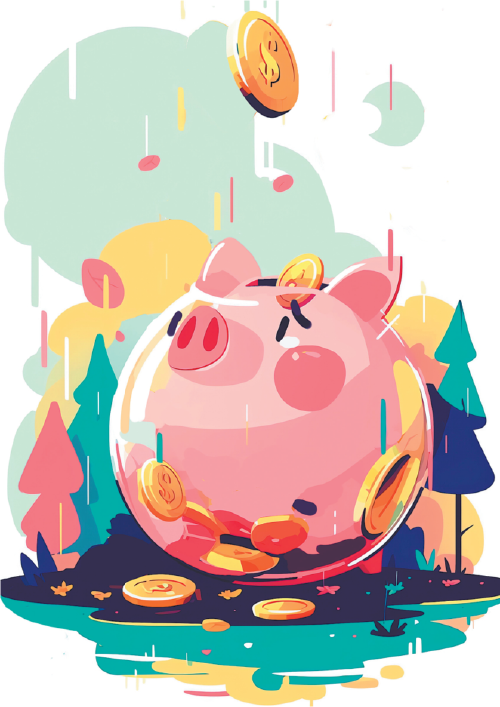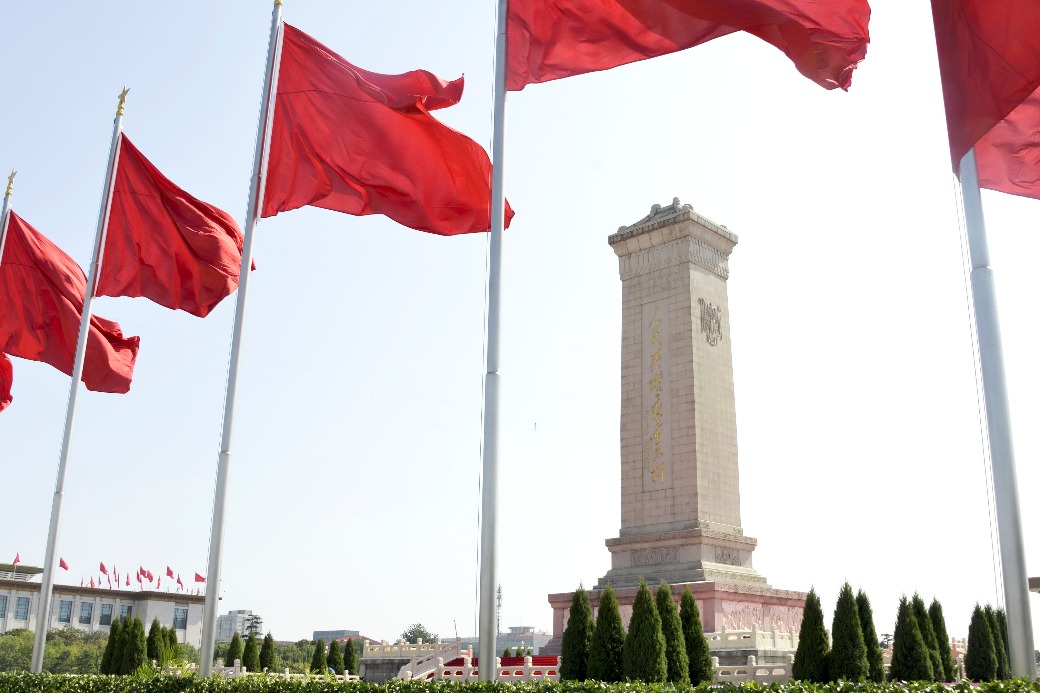Debt-for-environment swaps: Solution for vulnerable countries


According to the latest report by the World Bank, developing countries spent a record $443.5 billion servicing their government-guaranteed debt in 2022.
In light of the current situation, several developing countries are increasingly considering trading their national debts for promises to address climate change and preserve the environment. The question is whether this practice can be implemented worldwide or if there is a need for alternative methods to both finance debts and facilitate the transition to a more sustainable, eco-friendly economy.
Last year, the government of Ecuador implemented an innovative green deal with the support of private bank Credit-Suisse and the US Development Bank. Under this deal, the government refinanced $1.6 billion in bonds at a reduced interest rate and issued so-called blue bonds (debt instruments that finance the protection of critical clean water resources, as well as marine and ocean-based projects) in exchange. The cheaper loan will result in annual savings of approximately $12 million, which will be used for conservation efforts in Ecuador's Galapagos Islands. Belize, home to the longest coral reef in the Western Hemisphere, has implemented a project that helped the country to reduce its external debt by 10 percent of its GDP.
Several developing countries such as Gabon, Sri Lanka, Cape Verde and Laos are in the process of developing debt restructuring programs, similar to the ones mentioned.
Many developing nations are confronted with the challenge of repaying their debts while also taking action to combat climate change. Many depend on exports of primary resources, such as fossil fuels or timber. However, those resources are crucial for both carbon sequestration and biodiversity conservation. Some countries are paying their creditors more than 13 times what they spend on climate action, despite natural catastrophes caused by climate change having the potential to severely impede or even halt their economic development.
According to the OECD, developing countries will require approximately $2.4 trillion annually to tackle the issue of climate change. The Intergovernmental Panel on Climate Change also suggests that annual climate finance for developing countries should increase by four to eight times by 2030.
However, wealthy nations have no serious plans to assist them in reducing their carbon emissions. At last year's COP28 in Dubai, the United Arab Emirates, they only agreed to offer $400 million through a new "loss and damage "fund. Meanwhile, developing nations are estimated to lose around $400 billion each year due to climate change.
Generating additional funding for sustainable development is possible by obtaining new loans. In fact, in 2020, 71 percent of government climate finance was procured in this manner. Over 50 of the poorest developing nations are facing the risk of defaulting on their debts, which could lead to virtual bankruptcy. This includes 28 of the 50 countries in the world that are most vulnerable to climate change. Even though these countries make up only 3 percent of the global economy, they account for more than half of the people living in extreme poverty.
The escalating sovereign debt crisis results from inadequate macroeconomic management in most recipient countries and global external shocks from the COVID-19 pandemic, ongoing major conflicts and climate-related disasters. These adverse developments have hindered worldwide economic growth and resulted in increased borrowing costs. Consequently, the debt load on many impoverished nations is rapidly growing.
Yet debt swaps, a method gaining popularity among donors and recipients, has some drawbacks that must be considered. One of the main concerns is the high transaction costs involved in implementing the mechanism, and this approach only postpones the debt problem and does not offer a permanent solution. There is also a lack of effective methods so far to monitor the environmental benefits expected from the programs.
Implementing the debt-for-environment swap mechanism will face difficulties due to the diverse range of public and private creditors involved. Moreover, some recipients may try to avoid default or debt write-offs to preserve their credit ratings and continue to access markets. It is important to note that not all countries facing financial difficulties will opt for radical debt restructuring.
Business as usual will not stop the climate crisis. Wealthy countries that have achieved high living standards for centuries by polluting the environment and extracting resources from developing countries must lead the process of cleaning up the mess they have created. Although the world's rich countries have not yet provided climate finance on the scale needed, it is not too late to act.
During COP28 held last year, the governments of Colombia, Kenya and France jointly proposed the formation of a Global Expert Review on Debt, Nature and Climate. This review aims to evaluate the impact of debt on the ability of low- and medium-income countries to tackle climate change by preserving nature, adapting to climate change, and decarbonizing their economies. Many nations believe that addressing the debt and climate crises in tandem presents a more promising solution than dealing with them separately.
In Charles Darwin's words: "… in the long history of humankind (and animal kind, too) those who learned to collaborate and improvise most effectively have prevailed".
The author is former prime minister of the Kyrgyz Republic and a distinguished professor at the Belt and Road School at Beijing Normal University. The author contributed this article to China Watch, a think tank powered by China Daily.The views do not necessarily reflect those of China Daily.
Contact the editor at editor@chinawatch.cn.


































